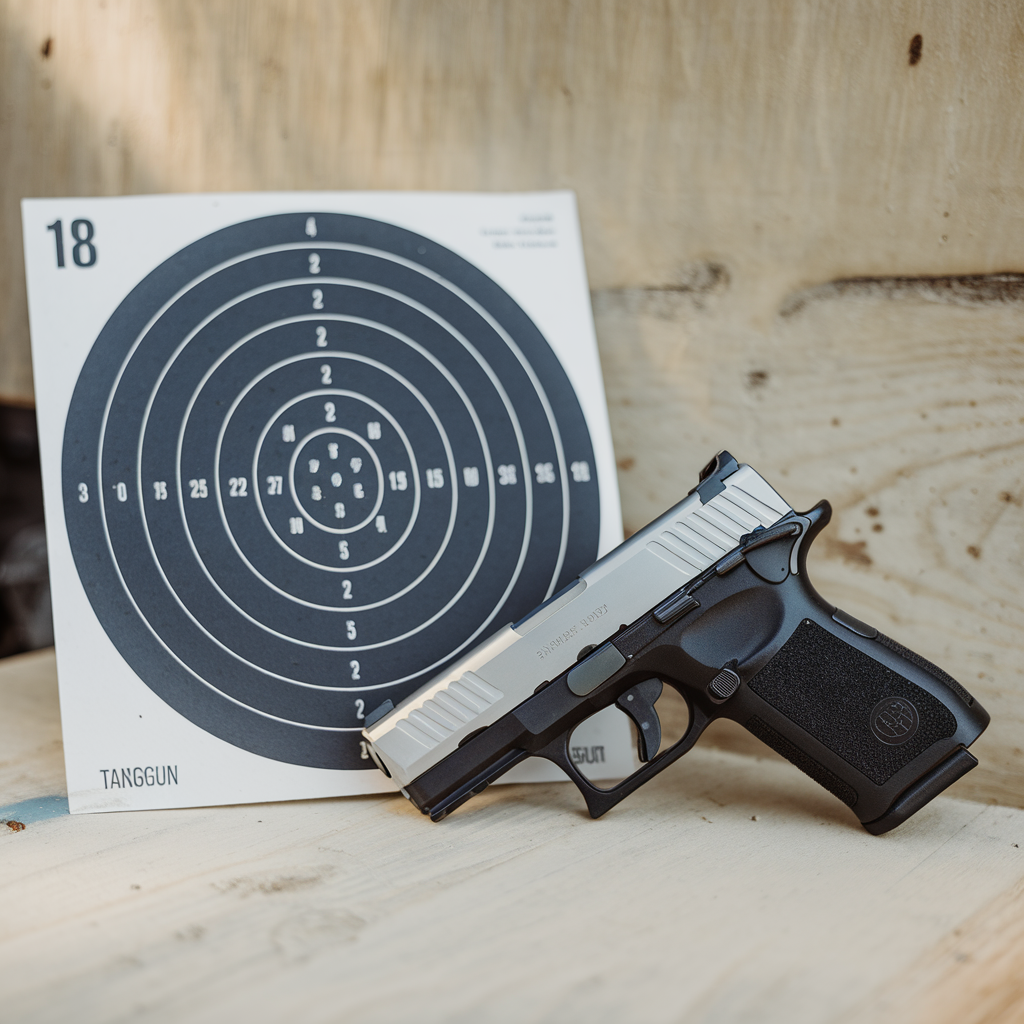How to Master the Fundamentals of Pistol Shooting

Whether you’re a first-time gun owner or a seasoned shooter, mastering the fundamentals of pistol shooting is essential for accuracy, confidence, and safety. By breaking down the core elements of shooting, you can improve your skills, hit your target more consistently, and enjoy your time on the range.
Why Focus on Fundamentals?
Pistol shooting fundamentals lay the foundation for every shot you take. By perfecting basic techniques, you establish muscle memory and precision that carry over to advanced skills. Without a strong grasp of these elements, progress is slower, and mistakes can become habit.
Think of these fundamentals as building blocks. Each step supports the next, and together they create a solid framework for success.
1. Stance: Start with a Stable Base
Your stance affects your balance, recoil management, and aim. A proper stance gives you control and minimizes movement during shooting.
- Weaver Stance: This stance positions one foot forward and the other back, creating a natural angle for stability.
- Isosceles Stance: In this stance, your feet are square to the target, shoulder-width apart, providing balance and simplicity.
Experiment with both to find what feels most comfortable and stable.
2. Grip: Control the Firearm
A proper grip is crucial for controlling recoil and maintaining accuracy. Always hold the pistol firmly but not so tightly that you strain your muscles.
- Place the web of your dominant hand high on the backstrap.
- Use your non-dominant hand to support, wrapping your fingers around the dominant hand.
- Ensure your thumbs rest parallel on the side of the pistol.
Maintain consistent pressure with both hands for better control.
3. Sight Alignment and Sight Picture
Proper aiming is a two-step process:
- Sight Alignment: Align the front and rear sights so they form a straight line.
- Sight Picture: Position the aligned sights on your target while keeping everything steady.
Keep your focus on the front sight and allow the target and rear sight to blur slightly. This improves accuracy and sharpens your aim.
4. Trigger Control: Smooth and Steady
Jerking or slapping the trigger creates unnecessary movement, leading to missed shots. Follow these steps for proper trigger control:
- Place the pad of your index finger on the trigger.
- Apply consistent, smooth pressure until the shot breaks.
- Focus on pulling straight back, avoiding any side-to-side motion.
Dry-fire practice can help refine your trigger control without the distractions of recoil or noise.
5. Breathing: Control Your Body
Breathing directly affects your stability and focus. Holding your breath too long causes tension, while erratic breathing can create unnecessary movement. Follow this technique:
- Exhale slightly to relax your body.
- Pause your breath just before firing the shot.
Practicing breath control along with dry-firing enhances consistency in stressful environments.
6. Follow Through: Complete the Shot
Following through ensures that your entire shooting motion concludes smoothly. After squeezing the trigger, keep your focus on the target, and maintain your grip and stance. Avoid moving the pistol too quickly after each shot.
7. Practice: Repetition Builds Skill
Consistent practice is the only way to fully master pistol shooting fundamentals. Start with dry-fire exercises at home to create muscle memory. On live-fire practice days, focus on accuracy over speed, gradually increasing pace as you improve.
Consider these structured practice tips:
- Use targets with distinct points to aim for better feedback.
- Practice shooting with your dominant and non-dominant hands.
- Incorporate drills, such as drawing from a holster or multiple-shot groups.
Track your progress by keeping notes after each session. Document what worked, areas that need improvement, and questions you may have for your next range visit.
Safety Always Comes First
Practicing pistol shooting requires strict adherence to safety protocols. Keep these essential principles in mind:
- Always point the firearm in a safe direction.
- Keep your finger off the trigger until ready to shoot.
- Treat every gun as if it’s loaded.
- Be mindful of your target and what’s beyond it.
Safety precautions help protect you and those around you while allowing you to concentrate on improving your technique.
Final Thoughts
Mastering the fundamentals of pistol shooting takes time, effort, and dedication, but the rewards are well worth it. By refining your stance, grip, aiming, and follow-through, you build a foundation that supports all other shooting skills.
Make practice a regular part of your schedule, and don’t be afraid to seek guidance or training from experienced shooters or certified instructors. Remember, the journey to mastering pistol shooting is one of continuous learning and growth.
Start with the basics, stay consistent, and enjoy the process. Every session brings you closer to becoming the confident, skilled shooter you’re aiming to be.



